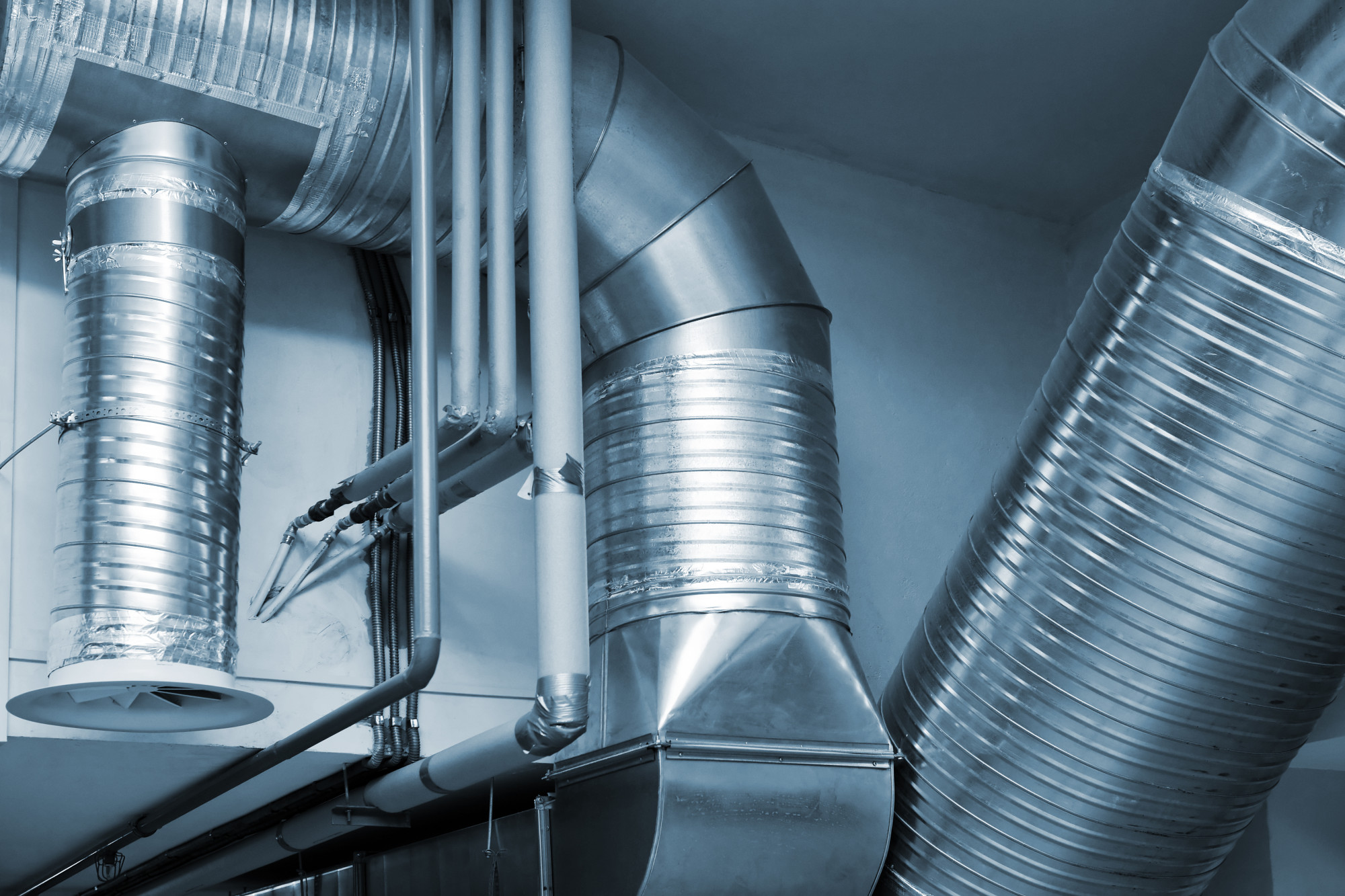Worldwide about 4 million people die from indoor air pollution each year.
If you want to keep your household safe, you must keep up with duct cleaning. By having your air ducts regularly cleared out, you can rid your home of harmful airborne pathogens.
Another way to protect your indoor air quality is by keeping all of your ducts properly sealed. Strong seals keep dirt and debris out, while also helping promote an energy-efficient home!
What is the best duct sealing methods? Read on to find out.
HVAC Duct Sealing Methods
One of the fastest duct sealing methods is to use duct sealing tape. Commonly referred to as aluminum foil tape, HVAC sealing tapes are available in most hardware stores. While using tape to quickly seal a duct can be incredibly convenient, it’s not always the best long-term solution. If your ducts are going to be getting dirty or exposed to oils, the tape will eventually fail.
If you have no choice but to use tape, then make sure you choose industry-standard sealing tape with the approved UL logo. The UL logo stands for underwriters laboratories. A stamp of the UL logo lets you know that the duct tape meets the requirements to be used on residential ductwork.
Aeroseal Duct Sealing From the Inside Out
Moving on, let’s talk about how to perform ductwork from the inside out. When your sealing from the inside out, the process is more complex. Typically, for the best results, the inside of the duct will need to be sprayed with a liquid rubber sealant.
However, before the rubber sealant can be applied, the grilles have to be removed from the supply. We suggest you call for duct sealing services whenever the seals taking place from the inside out. Professionals will know how to pressurize the duct, to accurately assess the status of your leak.
Permanent Duct Sealant
Lastly, duct sealant can also help, and it presents a more long-term solution. Be careful to not confuse duct sealant with duct seal. Duct seal is a special type of putty used to seal electrical wires. Whereas duct sealant has a more paint-like texture and can be applied using a paintbrush. We suggest using a water-based duct sealant since it’ll be the easiest to clean up after.
Next, make sure you’re sealing up an area that you’re okay not having access to. For instance, are you sealing up your ducts in an area that’s close to your evaporator coil?
You may want access to the evaporator coil in the future to have it cleaned. Whenever you think you’ll need access to the area you’re stealing, forgo using a sealant. Instead, you’ll want to stick with HVAC tape for those spots.
Get Ready to Seal
Now you know the most common duct sealing methods. Remember, the longer you wait to seal your ducts, the more your indoor air quality will suffer. Go ahead and decide whether or not you need a long or short-term sealing solution, so you can get the ball rolling.
Remember, if you want to fully assess the status of your leak, it’s always a good idea to call in the professionals. Are you ready for more tips like these? Read another one of our guides.

